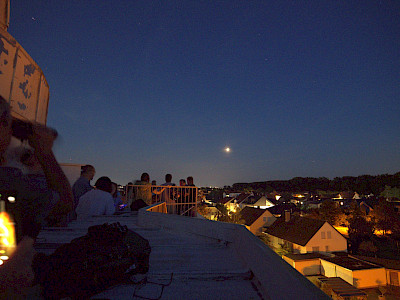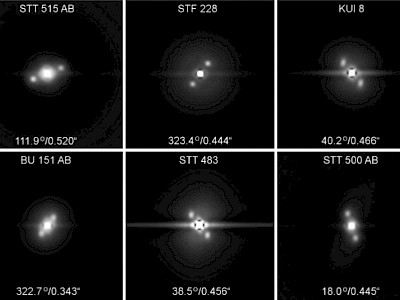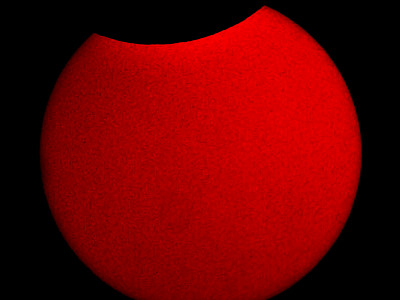Observatory News
Lunar eclipse on Sunday, September 7, 2025
On Sunday, September 7, there was a total lunar eclipse. We opened the observatory to observe this event. The event began at 7:00 p.m. with information about the eclipse.
published on: 16.09.2025
New Publication Relesed
We build on our previous work, published in 2020, 2022, and 2023 in the Journal of Double Star Observations, and report here on the investigation of a series of close binary stars, most of which are not resolved by Gaia, ESA's astrometry satellite.
published on: 29.07.2025
Astronomy Day 2025
The team at the Michael Adrian Observatory has an interesting program in store for you on Astronomy Day on 29 March. We will open at 11:00 a.m. in time to observe the solar eclipse with you.
The program with lectures and observations can be found on the events page.
published on: 19.03.2025
Further Events
More Astronomy lectures are planned for 2025. Dates and topics are in preparation, but the scheduling has not yet been finalised.
Guided Tours
Public tours take place on the first and third Wednesday of every month, regardless of the weather. Reservations are not required, but we would still ask you to register using the contact form so that we can plan the tours better. If the weather is favorable, we will of course also make observations of the sky with the observatory's instruments.
The next public guided tour will take place on:
Mittwoch, 05.11.2025, 19:00 Uhr
future dates
 Trebur Astronomy Foundation
Trebur Astronomy Foundation








